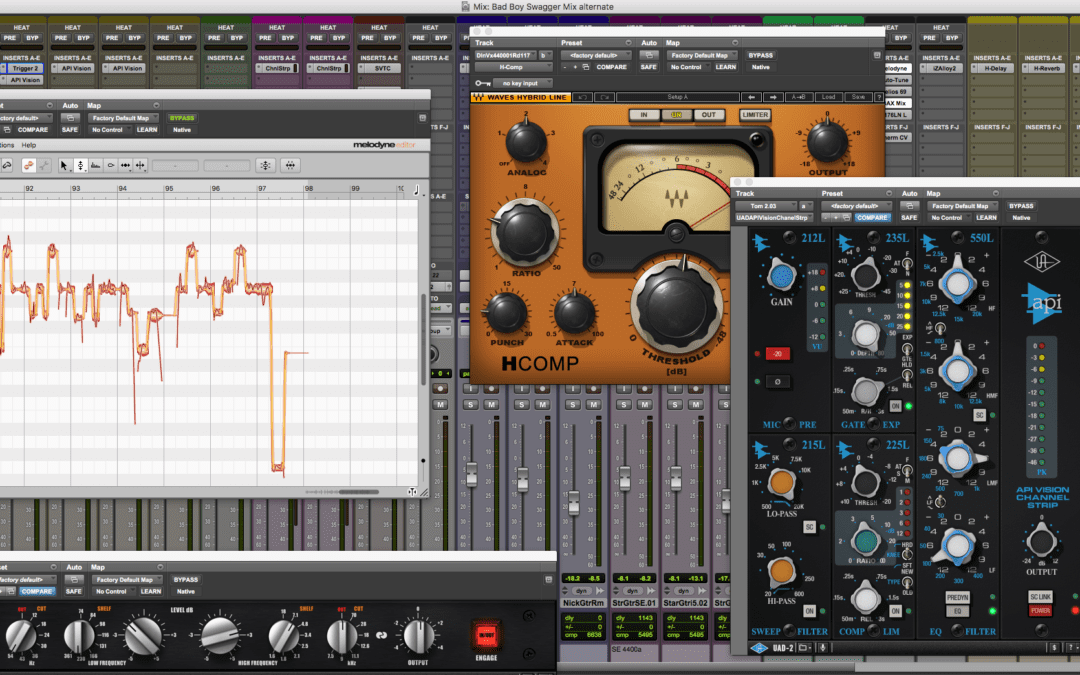Today, I’d like to dive deeper into the world of audio interfaces for DIY recording. As a recording studio, our main clientele are local musicians seeking high quality, yet affordable recording, mixing, and mastering of their music. While we genuinely love being part of the process from start to finish, we also understand that leaving the house is a much bigger deal now. COVID has done quite a lot for making home recording a more enticing endeavor for some. If that sounds like you, hopefully you’ve already read our first post on the subject, which outlines your basic needs for home recording.
What is an audio interface, and what does it do?

An audio interface is a piece of external hardware that connects to your computer using (usually) a usb or thunderbolt cable. What it does is enable you to connect an instrument or microphone to your computer as an input, then converts that sound to a digital signal that your DAW can process. It also allows you to connect headphones and speakers as an output device. Basically, it replaces your computer’s native sound card with higher audio quality components, while allowing you to connect your professional audio equipment.
What should I look for when shopping for an audio interface?

Audio interfaces come in a wide range of options and price ranges, so to save yourself time and headaches you should be sure you know what your budget and needs are in advance. Once you determine your budget, the next thing you’ll want to figure out is how many inputs you want. A device’s input count determines what and how many pieces of audio equipment you can plug in at one time. Most manufacturers get tricky and will boast an interface with 18 inputs, but perhaps only 4 of those inputs can accommodate a microphone or guitar. If you’re not planning on live recording drums, you should only need one or two inputs at a time.
As you shop around, you’ll quickly realize that the cost of audio interfaces varies wildly. Typically, more expensive audio interfaces have higher grade audio components, which translate to a recording with less noise and a richer, more life-like sound. Additionally, some even offer their own processors for running high-grade plugins without using up your computer’s precious processing power. While less expensive audio interfaces offer surprisingly good sound quality, a higher-priced audio interface will typically help you create a more professional sounding recording.
Hopefully this will help you on your way to making awesome home recordings!
Want us to mix your stuff? Email us at [email protected] and we’ll help you get us your files.
Happy recording!

Recent Comments